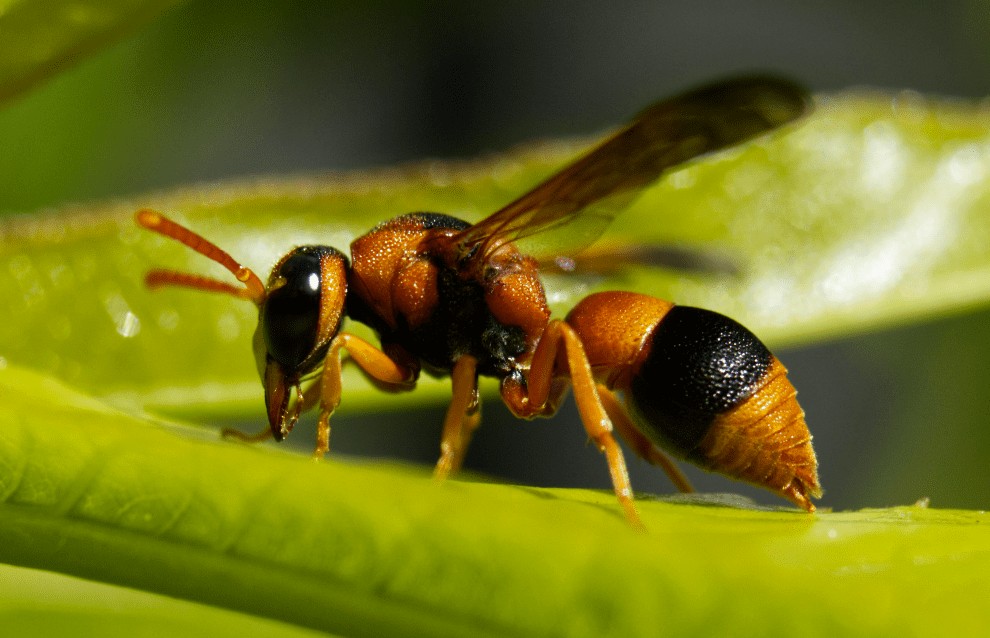Australian hornets, often mistaken for wasps, are a common sight in many regions of Australia. While they play a crucial role in the ecosystem by controlling pest populations, they can also be a nuisance and a potential danger, especially when they nest close to homes and businesses. Many people wonder whether Australian hornets become more active in autumn and, if so, why this happens.
In this blog, we will explore the activity patterns of Australian hornets during autumn, what attracts them during this season, and how wasp nest removal in Melbourne can help manage them effectively.
Do Australian Hornets Become More Active in Autumn?
Yes, Australian hornets tend to be more active in autumn, but their behaviour changes as the season progresses. Unlike European wasps that become aggressive as their colony declines, Australian hornets follow a different pattern based on environmental factors, food availability, and nesting cycles.
During autumn, hornets are still actively hunting and foraging, but their focus shifts. As the weather begins to cool down, they prepare for the next phase of their life cycle, which may involve nest expansion, securing food sources, and, in some cases, seeking out sheltered areas for the colder months.
Why Are Australian Hornets More Active in Autumn?
· Seasonal Changes in Food Availability
During the warmer months, hornets have an abundance of food, including nectar, insects, and plant matter. However, as autumn sets in, food sources start to decline, causing hornets to become more aggressive in their search for nourishment.
Hornets, like many other insects, rely on protein to sustain their larvae and nectar for energy. As flowering plants start to die off in autumn, hornets are forced to search for alternative food sources, bringing them closer to human activity where food waste and sugary drinks are common attractants.
· Nesting Behaviours and Expansion
In early autumn, hornets may still be expanding their nests. Since they do not form massive colonies like European wasps, their nests tend to be smaller and more scattered. However, this does not mean they are less aggressive. As their population reaches its peak, they can become territorial, particularly if they feel their nest is threatened.
Many people don’t notice a hornet nest until autumn, as nests become larger and more visible. This is when professional wasp removal Melbourne becomes essential, as dealing with an active nest can be dangerous.
· Competition with Other Insects
As autumn progresses, wasps, hornets, and bees often compete for the same food sources. Since many insect populations begin to decline at this time of year, hornets become more aggressive in their foraging efforts. They may hover around garbage bins, outdoor eating areas, and gardens where food is still available.
Additionally, Australian hornets are natural predators, feeding on smaller insects such as flies and caterpillars. With a decline in insect populations, hornets may have to travel further to find food, making them more noticeable around human habitats.
Changing Temperatures and Nest Abandonment
As temperatures drop towards the end of autumn, some hornet species begin to abandon their nests, searching for sheltered locations to overwinter. This is another reason why people may notice an increase in Australian hornet activity around homes, sheds, and garages. They are looking for warm and protected areas to survive the colder months.
Signs of Australian Hornet Activity in Autumn
If you suspect Australian hornets are becoming more active on your property, look out for these signs:
· Increased Sightings: More frequent sightings of large hornets hovering around outdoor dining areas, garbage bins, or flowering plants.
· Loud Buzzing Sounds: Hornets are larger than most wasps, and their flight can be noisy. If you hear buzzing near roof eaves, trees, or wall cavities, there could be a nest nearby.
· Visible Nests: If you notice a mud-like structure attached to a wall, fence, or inside a shed, it may be an Australian hornet nest.
· Hornets Hovering Around Windows or Entry Points: As the weather cools, hornets may try to enter homes or businesses seeking warmth.
How to React to Hornet Activity in Autumn
If you encounter Australian hornets more frequently in autumn, it’s important to follow the right safety measures:
· Do Not Swat or Disturb Them
Hornets will only sting if they feel threatened. Swatting at them or disturbing their nests can trigger defensive behaviour, leading to painful stings.
· Avoid Leaving Food and Drinks Outside
Hornets are drawn to sweet and protein-rich foods. Keep outdoor dining areas clean and ensure food waste is properly sealed in bins.
· Identify and Remove Nests Early
The best way to prevent a hornet problem is by removing their nests before they grow too large. If you spot a nest, do not attempt to remove it yourself. Contact a wasp removal Melbourne specialist for safe removal.
· Seal Entry Points to Your Home
As temperatures drop, hornets look for warm places to shelter. Seal cracks, vents, and openings around your home to prevent them from getting inside.
Professional Wasp Nest Removal in Melbourne
If you have a hornet nest on your property, it’s crucial to get professional help. At Wasps Control Melbourne, we provide expert pest control solutions to safely eliminate hornet nests and prevent future infestations. Call us now at 03 9021 3738 for a free consultation or to schedule a professional inspection. Let us help you reclaim your space with reliable wasp removal Melbourne services!




